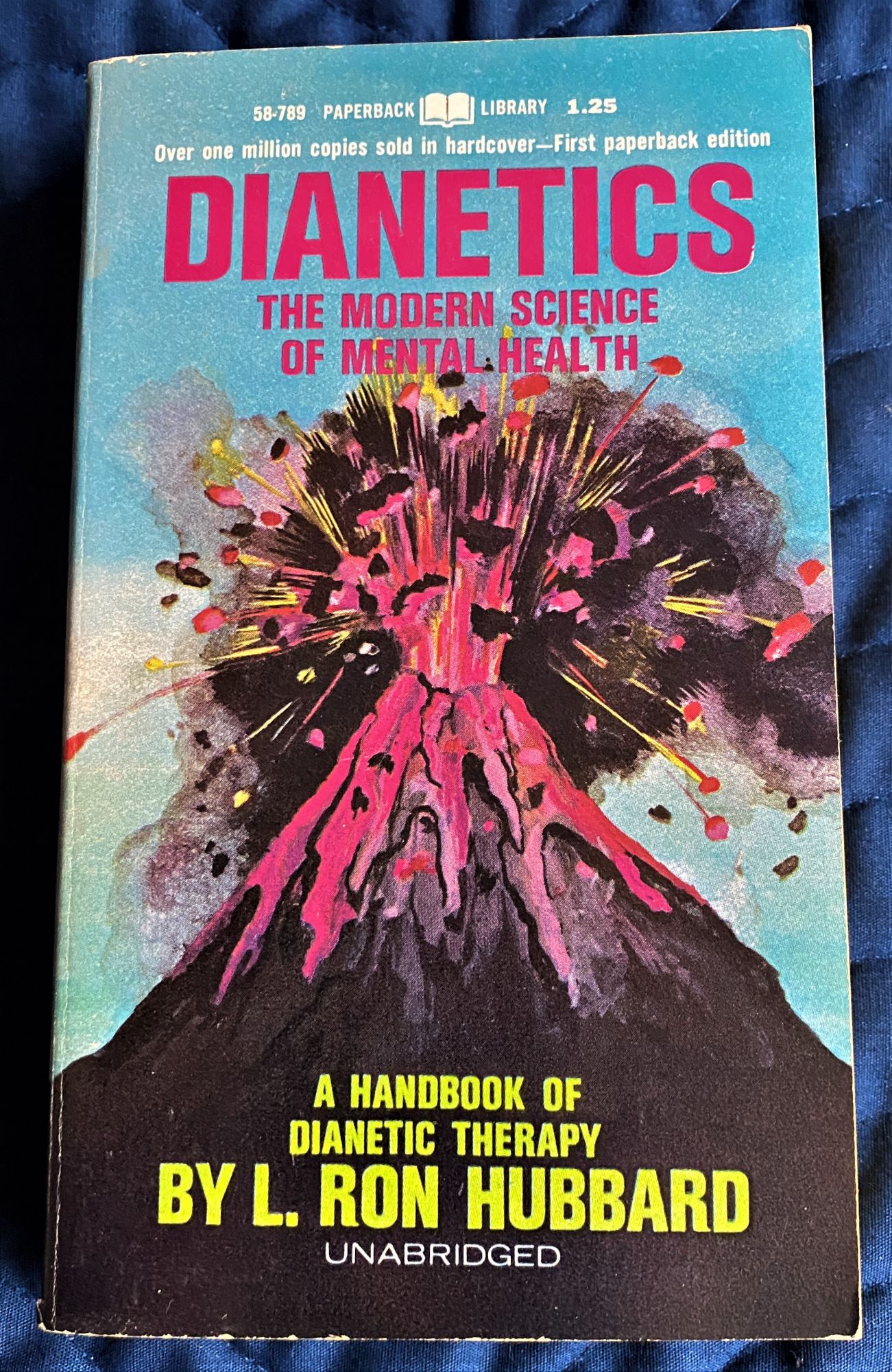The smart Trick of Dianetics That Nobody is Discussing
The smart Trick of Dianetics That Nobody is Discussing
Blog Article
The Only Guide for Dianetics
Table of Contents4 Simple Techniques For DianeticsSome Known Details About Dianetics Dianetics Fundamentals ExplainedSome Of Dianetics
I couldn't ever not intend to obtain anything that enters your mind for you- if it was otherwise, I would not be resting below with you, doing this. I not only might never have a trouble, or not want to listen to something that comes to mind for you, yet I'm totally excited to know every idea, every idea, every image or feeling that emerges or manifests for you- do not ever believe or else, and if for one reason or another you do, please just allow me recognize! Occasionally, you may have an idea, and photo, idea or case pop up that does not appear to answer the question, or relate to it, yet nonetheless, always do inform me regarding it, and as we continue, the significance will arise for you.This is inherent in the basis of handling, and the subject of this discussion: the fundamental functions of the therapist and the client: The standard function of the therapist is, contrary to "typical training", not to manage, which means to implement and/or prevent, yet to instead function from the basis of EMPOWERING THE CLIENT.

The Best Guide To Dianetics
John Mcmasters expressed this fundamental truth incredibly well in among his lectures on Power processing, where he discusses just how he was asked what this "special flair" was that he had for providing such fantastic sessions; he needed to consider that for a minute, and detected that it was what he had not been doing, as well as what he was doing: he wasn't assessing, judging, computer, or in truth, producing any thoughts, not to mention verbal expressions, after giving the command and while waiting for the computer to complete their solution to their contentment; he was, simply and only, existing with the PC, and entirely interested.
The duty of the therapist, showed; that was his "special flair". I have had my very own experience which taught me this well, very early on in the game. In 1982, having lately completed my training and teaching fellowship on New Period Dianetics, I was running this on a PC, and there was a point in the session where (being a bit damp behind the ears not yet having several hours under my belt as a specialist auditor) the computer seemed to be "taking also lengthy" to share anything verbally after I provided him a command.
This trick became the most important contribution that John ever made to the subject of therapy or auditing (Dianetics). In my humble viewpoint, it is the best payment that Clicking Here any person has actually ever before made to these subjectsthe application is completely non-judgemental, non-evaluative, and empty of any tip, guidance or opinion.no preconditioned agenda for people, or 'levels' that they should do
In Scientology we prided ourselves on not examining for people. All that truly implied was that the auditor did not Vocally examine for the PC in session.
The 30-Second Trick For Dianetics

Anybody who had actually ever before seen John audit can not aid yet discover a distinct quality in his bookkeeping."The customer's fundamental function is to be there with the function of relocating in the instructions of their spiritual goals, and to freely and fully reveal and experience whatever shows up for them in responding to published here the inquiries and carrying out the directions in the processing.
This is something to process as required. Yet also, people regularly have previous experience and/or brainwashing in auditing/processing which, somehow, and to some degrees, actually misdirects them into mindsets, concepts and actions patterns that protect against the full awareness of these duties, therefore they will often tend to hinder the expressing of what enters your mind, as in the examples offered over. * The very first, and maybe primary examples of mis-indoctrination causing less than entirely smooth and reliable sessions, can be found in certain facets of the training routines, or "TR's":"TR's" are frequently a person's initial, or a minimum of early, experience in Scientology, and while I will certainly take place to clarify what I see as the problems in idea and method, nonetheless, have a tendency to be greatly therapeutic, done as they are offered (Hubbard urges that "TR's are not processing, they are educating", yet factually, they are both handling AND training)
Alan Walter made similar observations, and enhanced on these with his "Visibility Processes". There is no "failing", and no denial of the truth of this being handling. The emphasis, as it ought to be, is on experiencing the various other person's visibility. All the symptoms which get a "flunk" in doing "TR-0" are simply the being's efforts to resist the various other person's existence, and instead of being bothered and pestered with "Flunk", which enforces "failure!" on the being, one just requires to be urged to "stick their feet in the water a little deeper", to significantly refurbish their capacity and determination to fully share and experience "being below", or "existence", with others.
The 20-Second Trick For Dianetics

Report this page